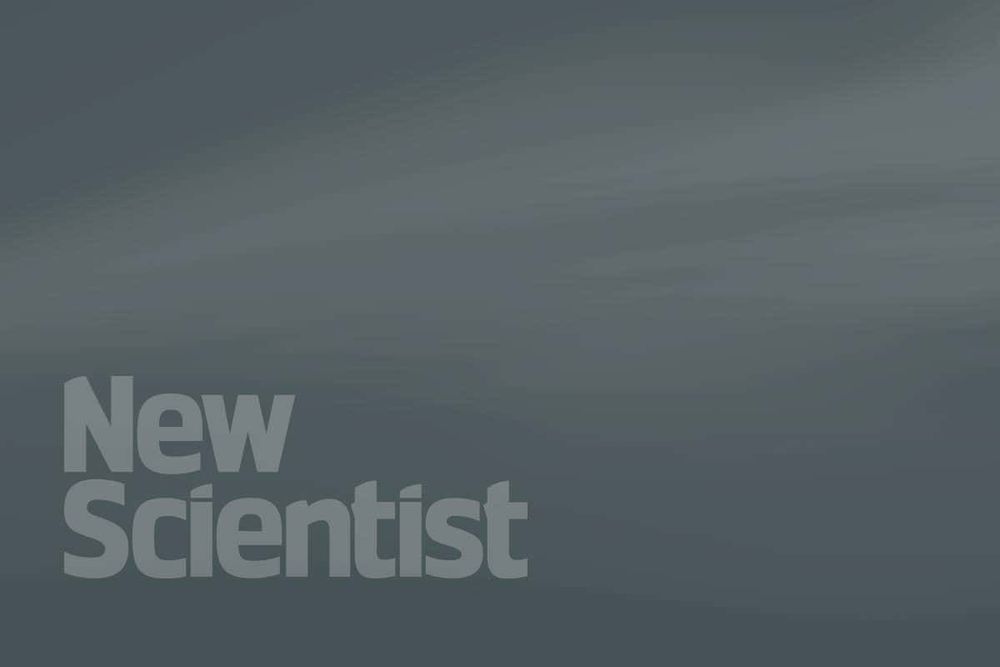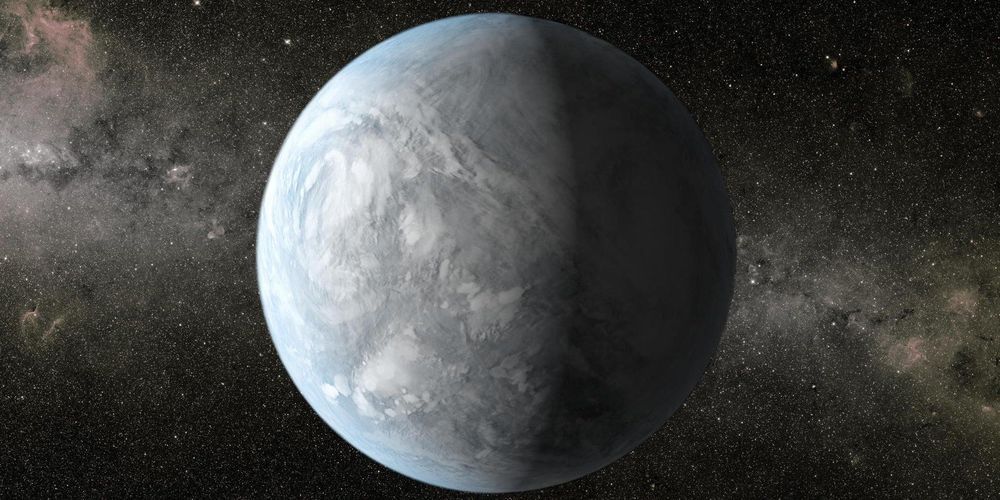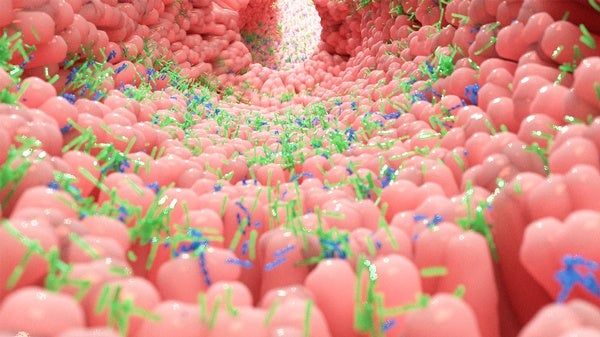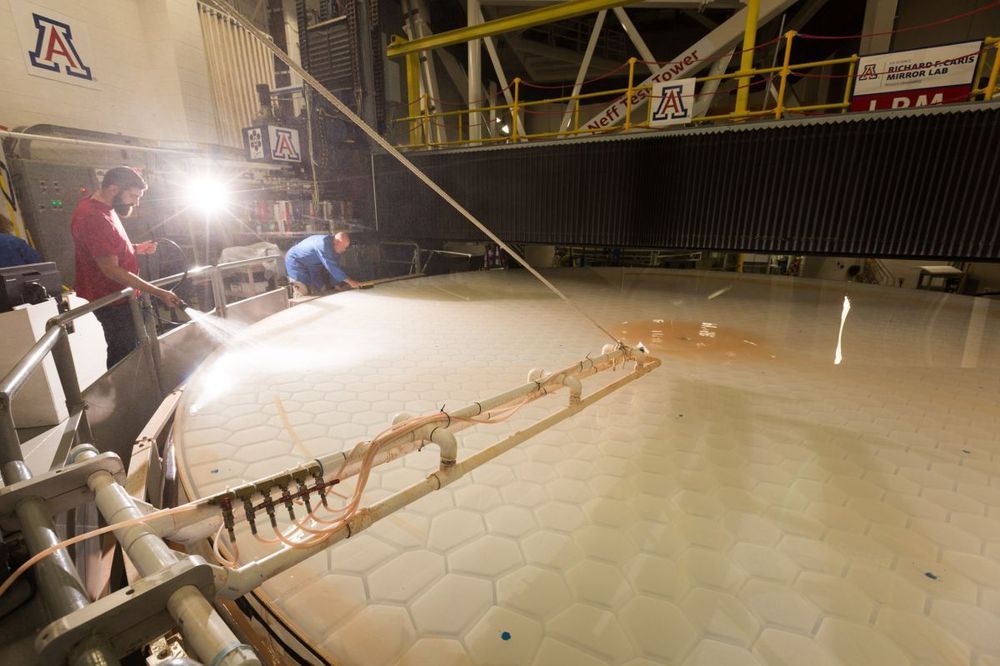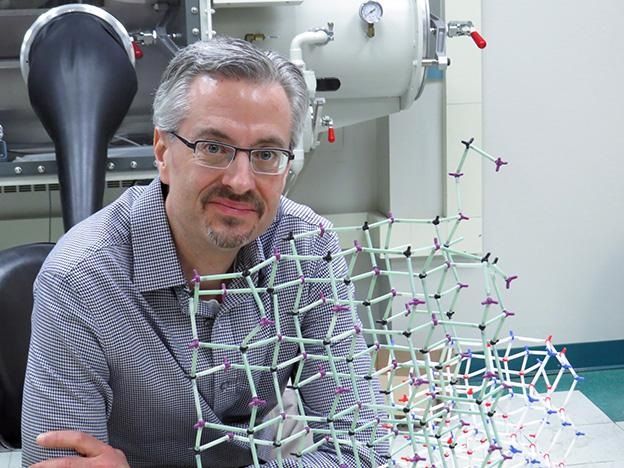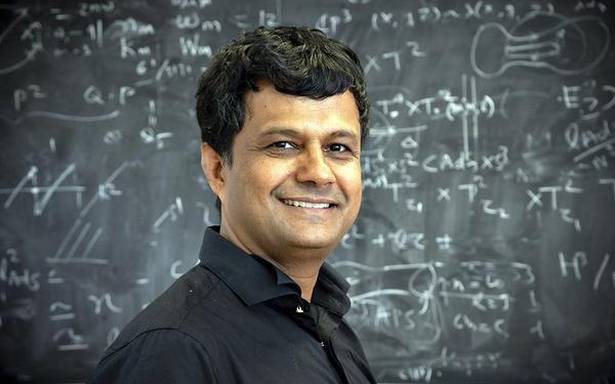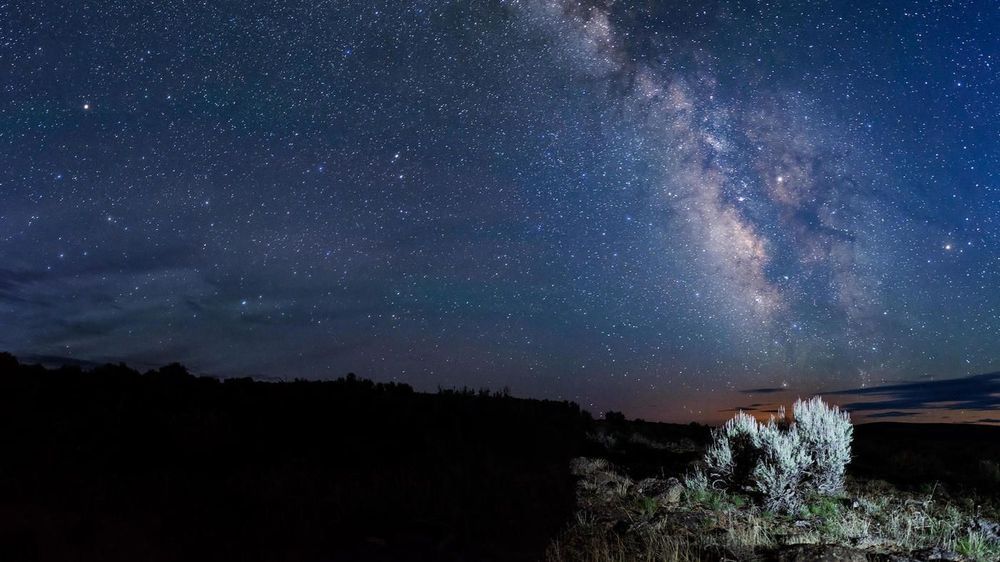Aug 1, 2019
Echoless light could help send signals through walls and skin
Posted by Richard Christophr Saragoza in categories: biotech/medical, internet, space travel
In 1948, physicist Leonard Eisenbud proposed a particular way of transmitting the waves to overcome this. But not until now have researchers made it happen.
By Michael Slezak.
It’s a call with no response. A new way of creating waves – whether of light, radio or sound – that don’t echo promises to improve everything from your Wi-Fi signal to medical imaging to shining lasers through space.
Continue reading “Echoless light could help send signals through walls and skin” »
